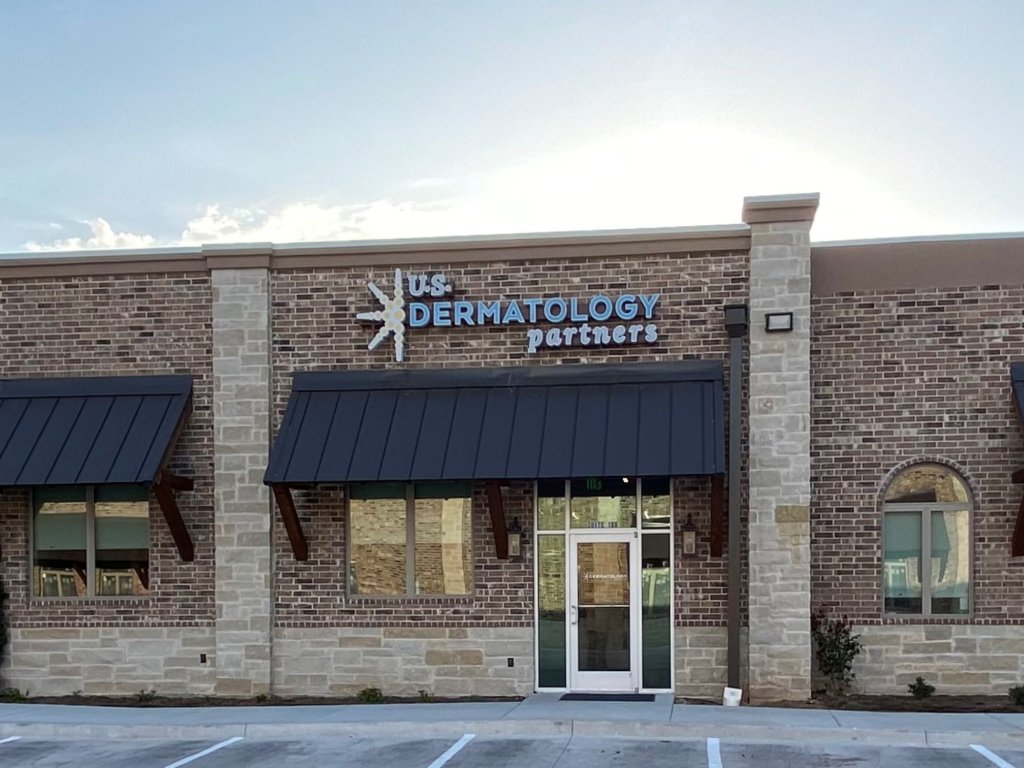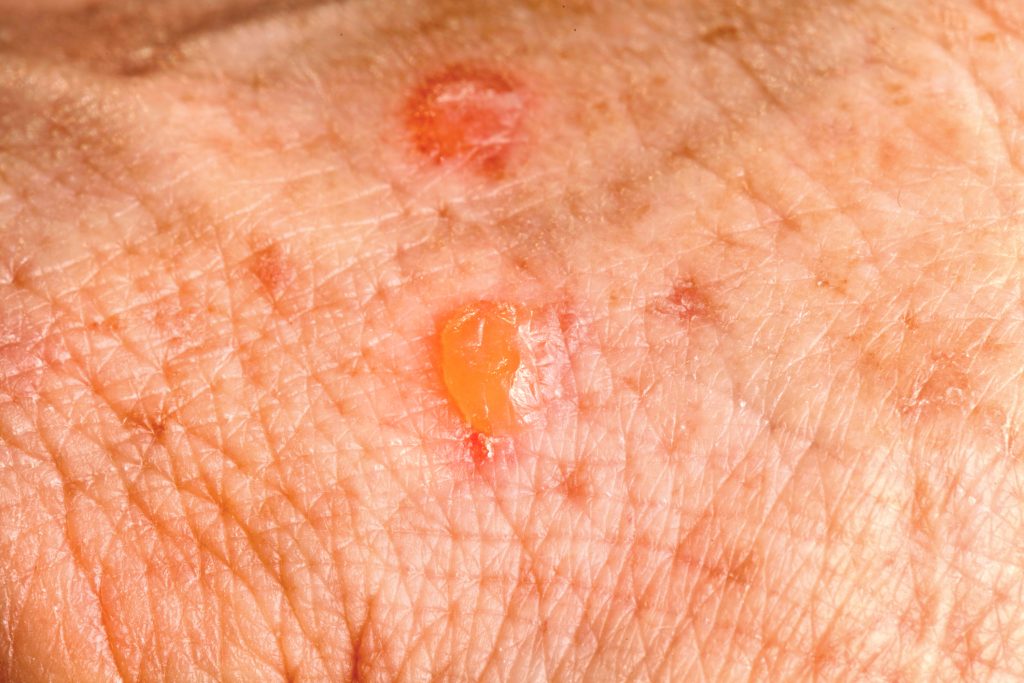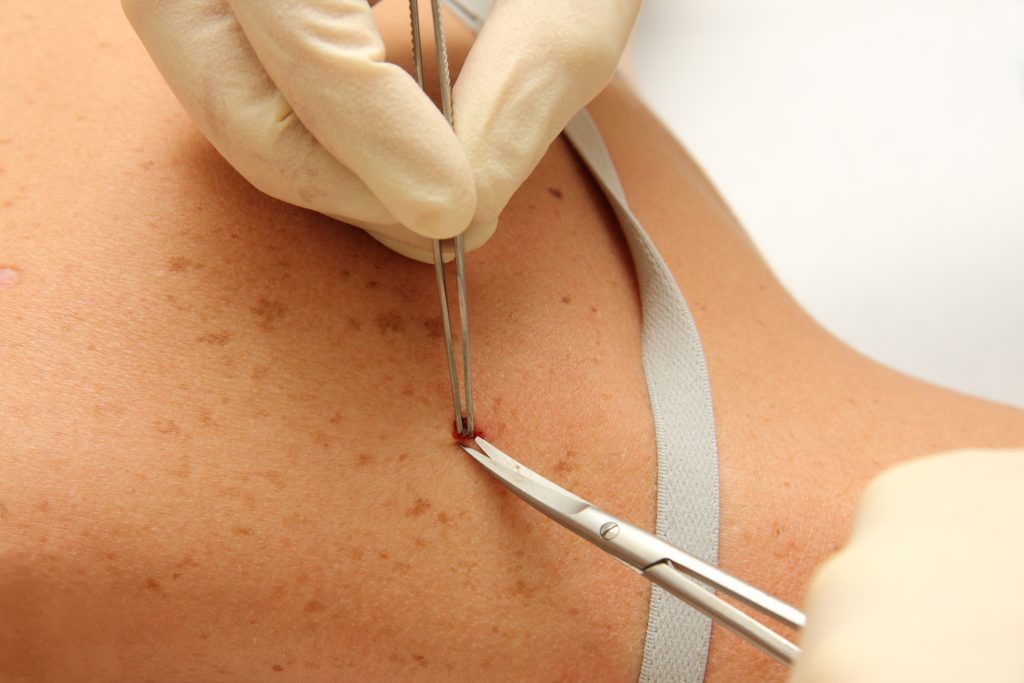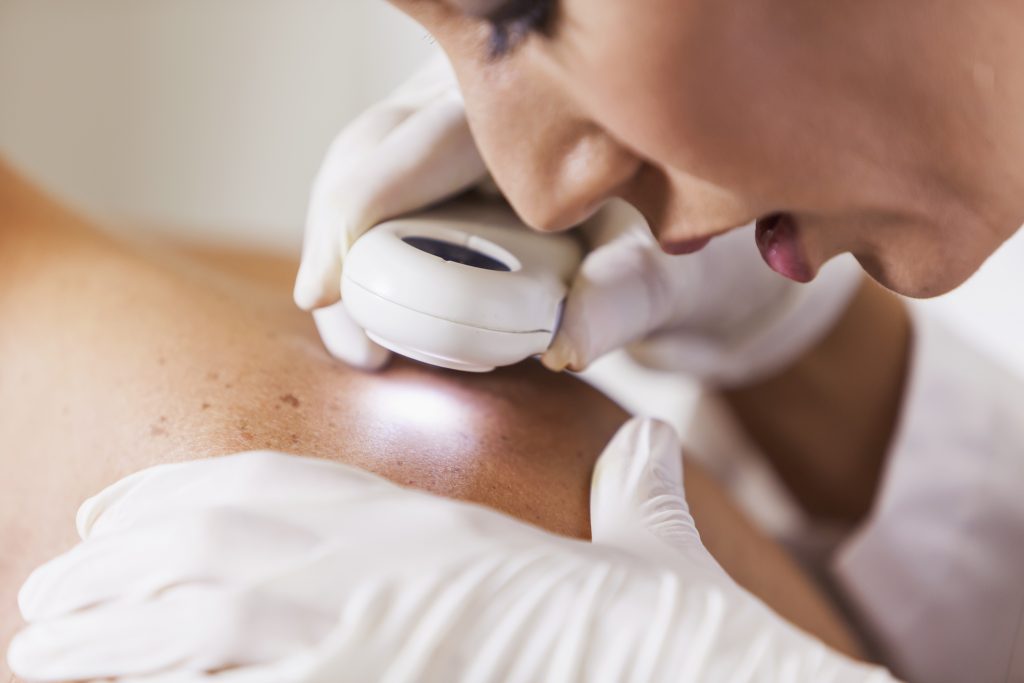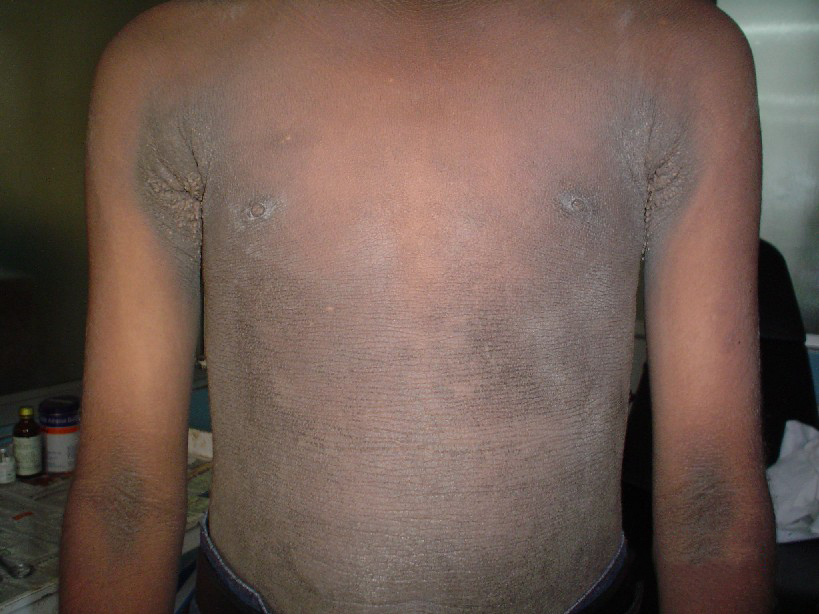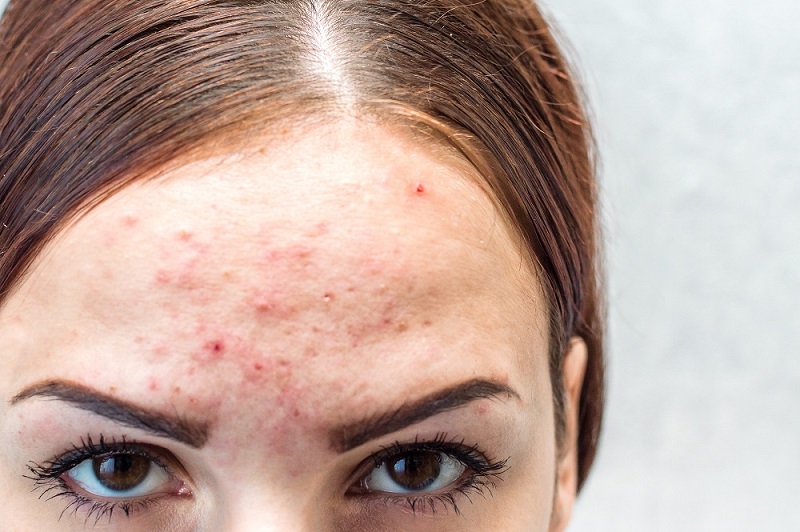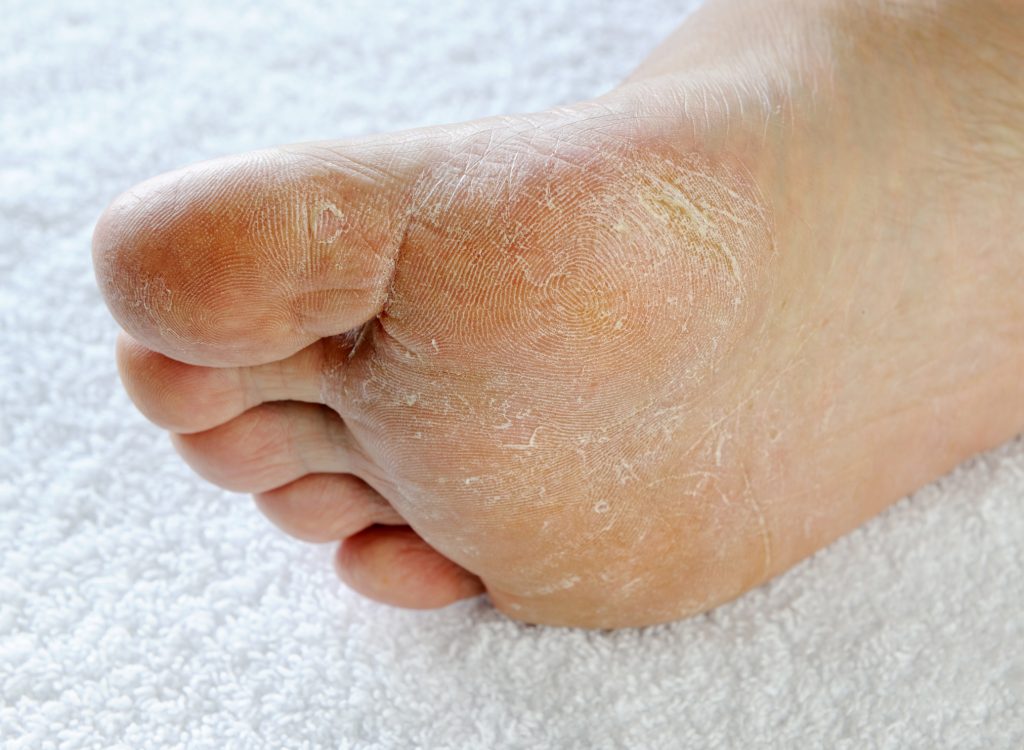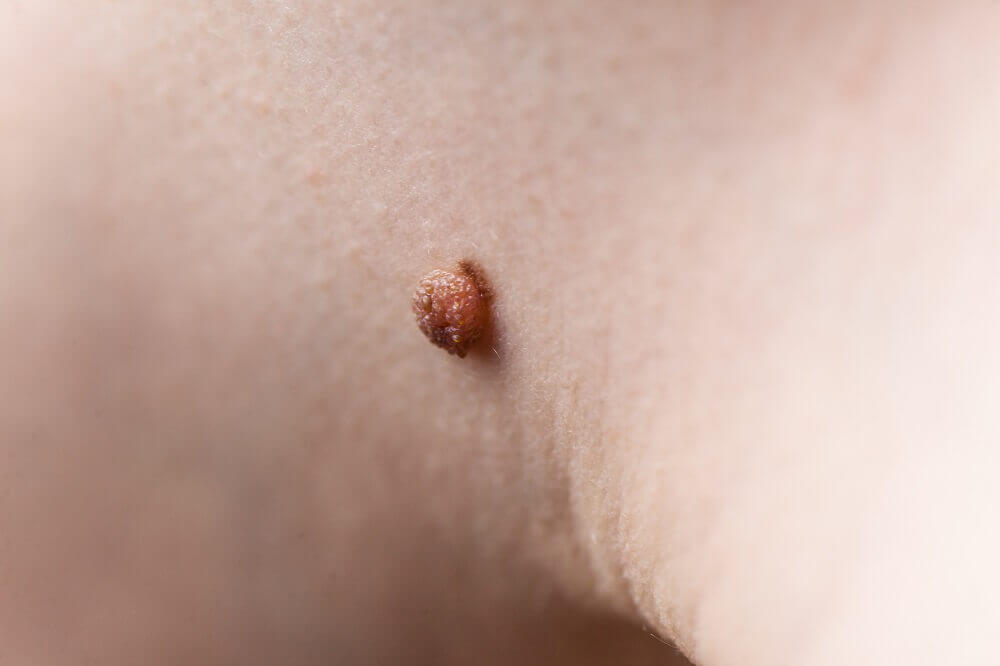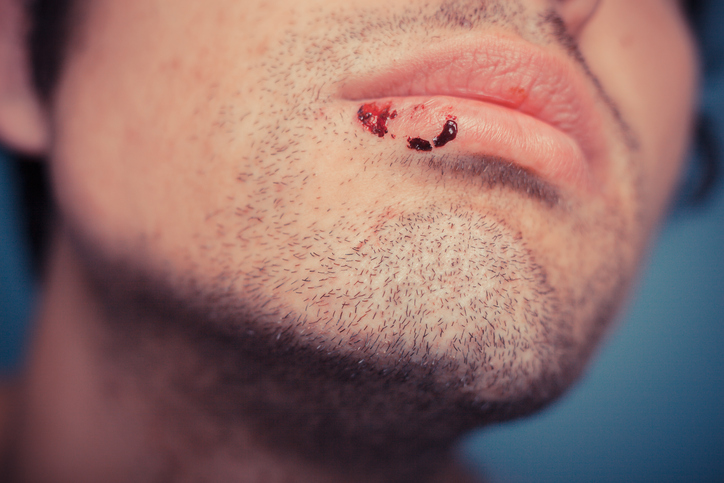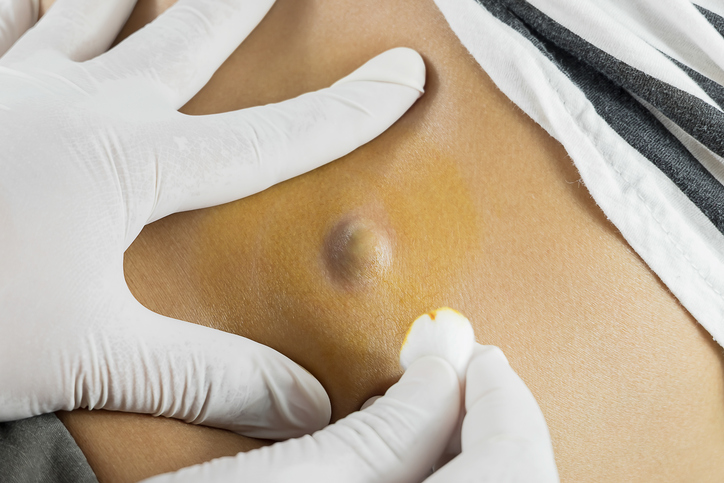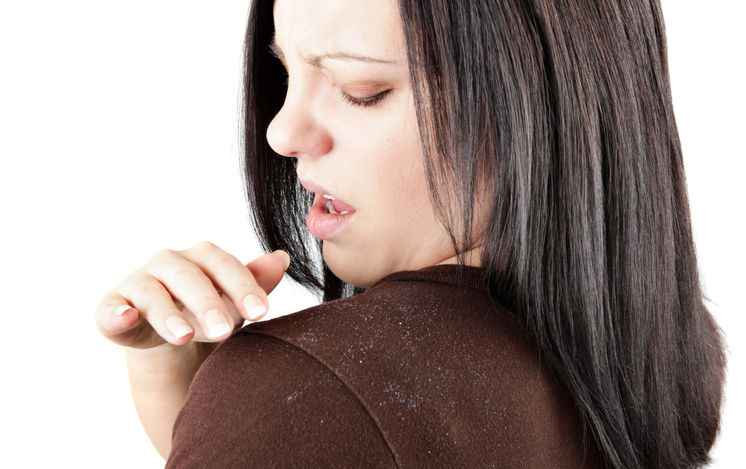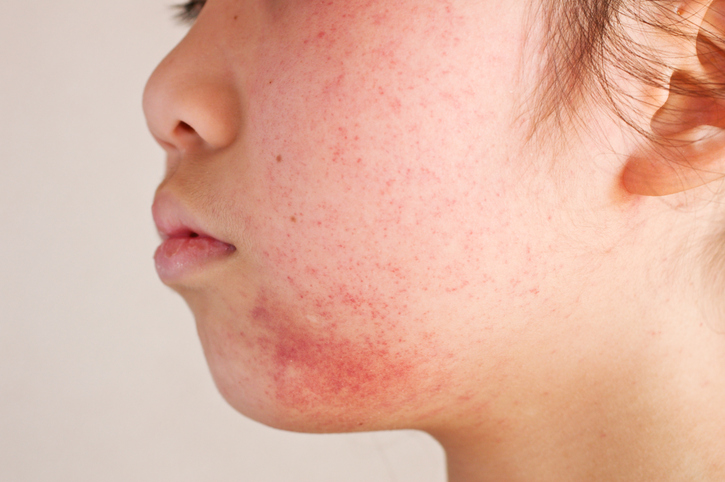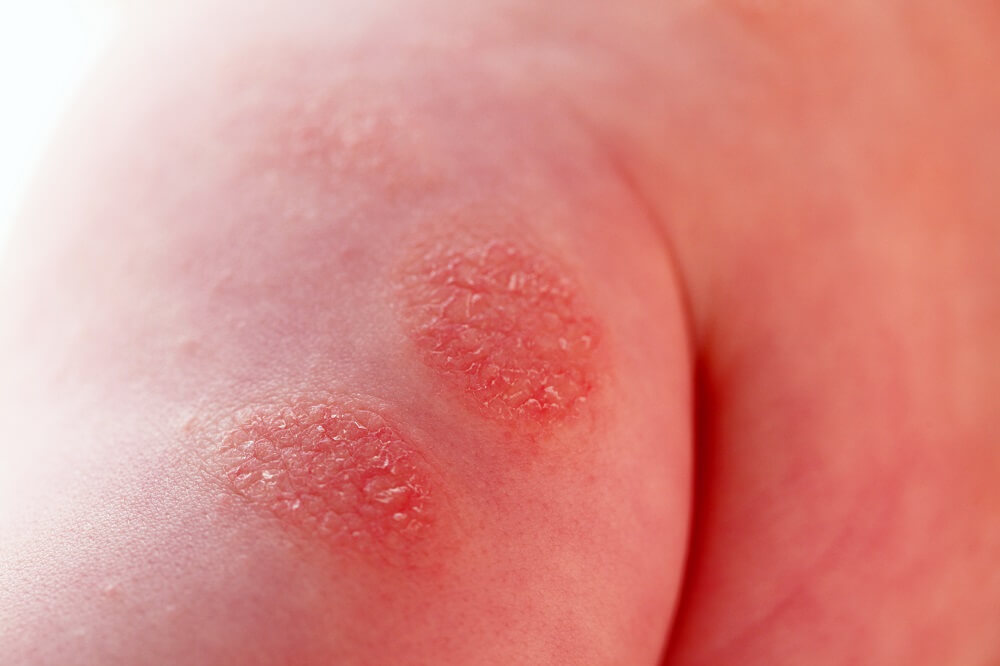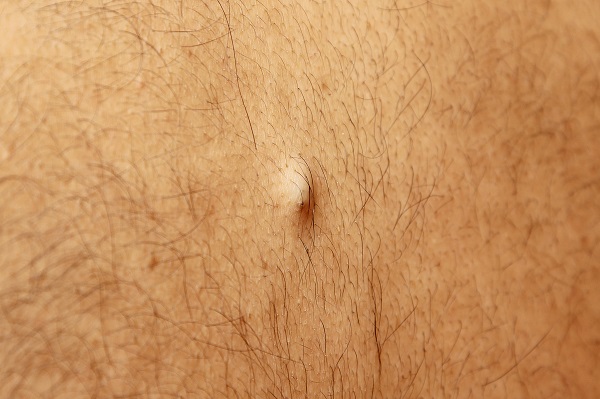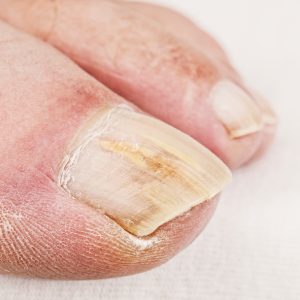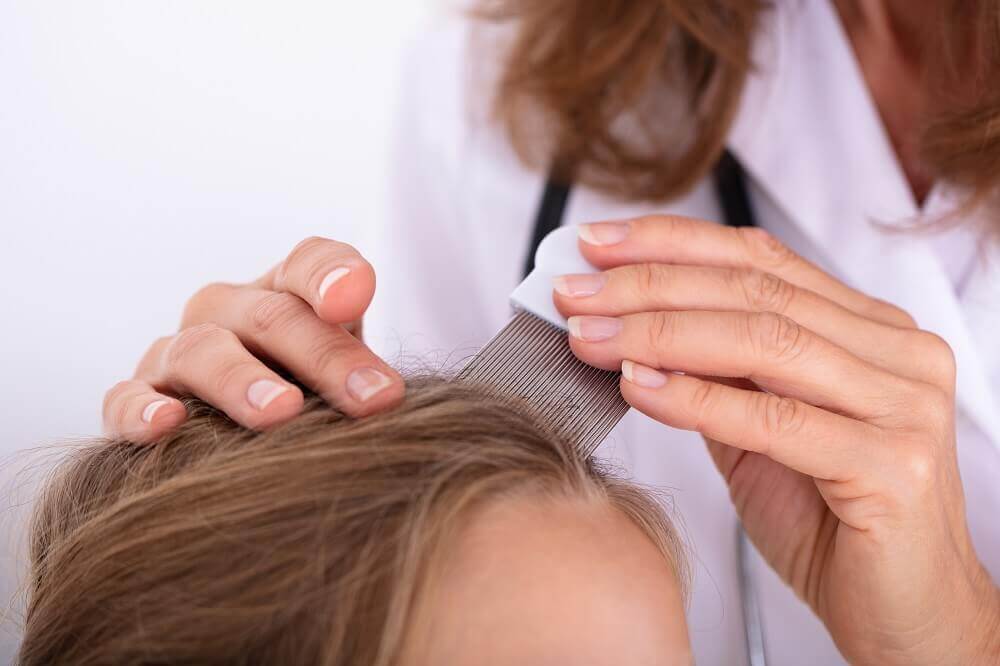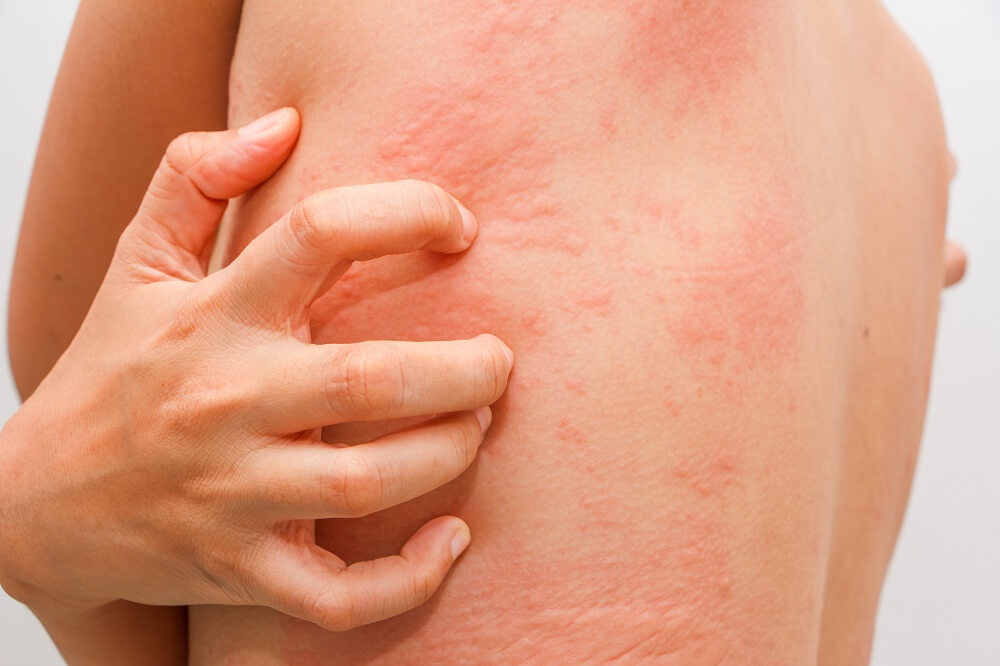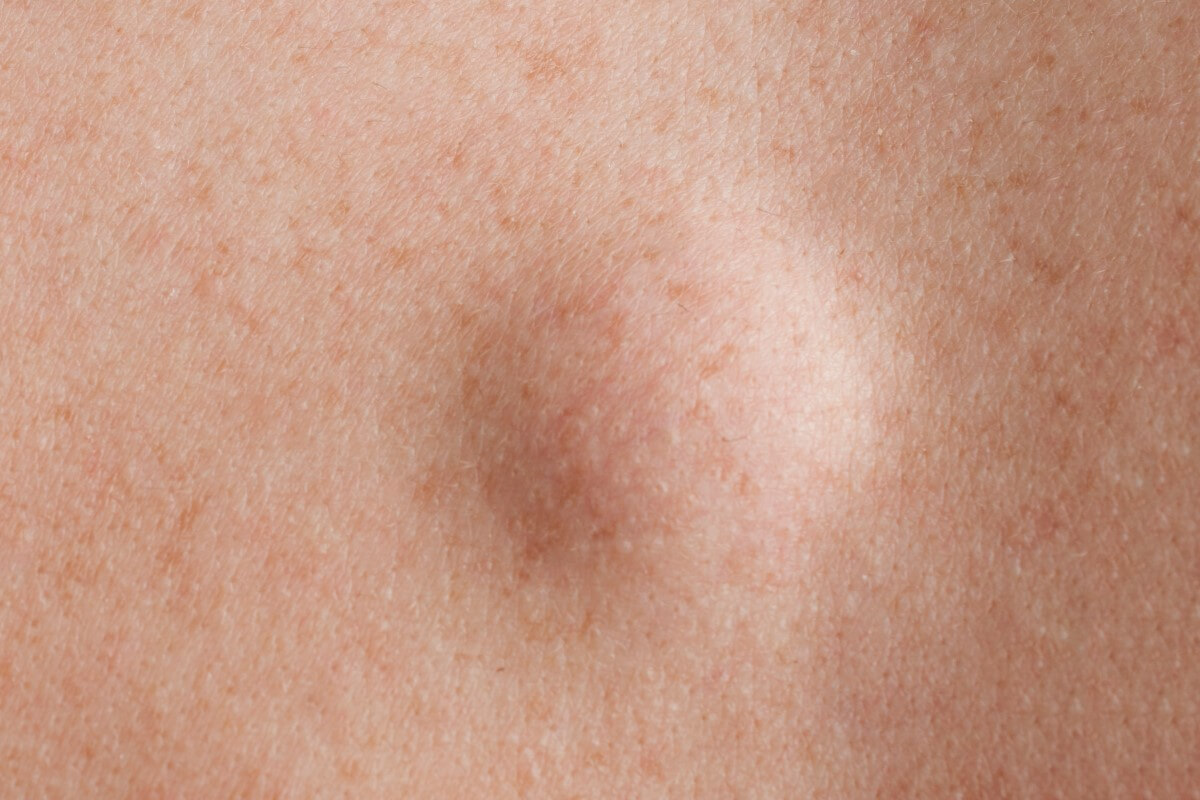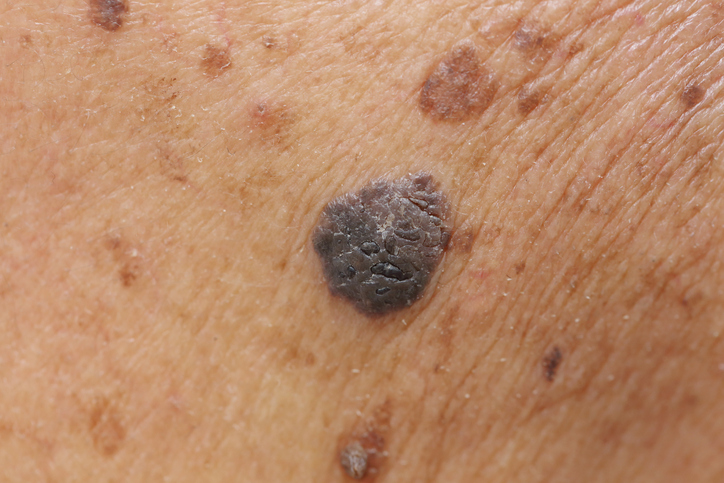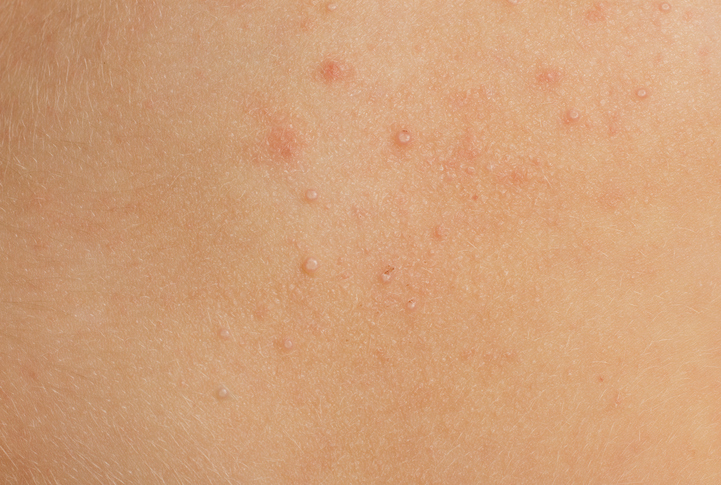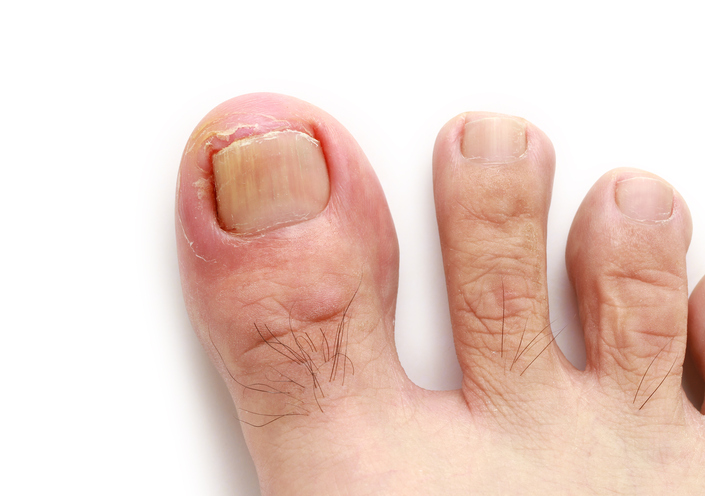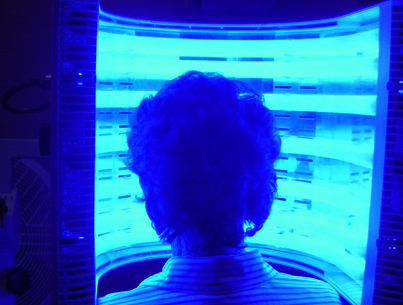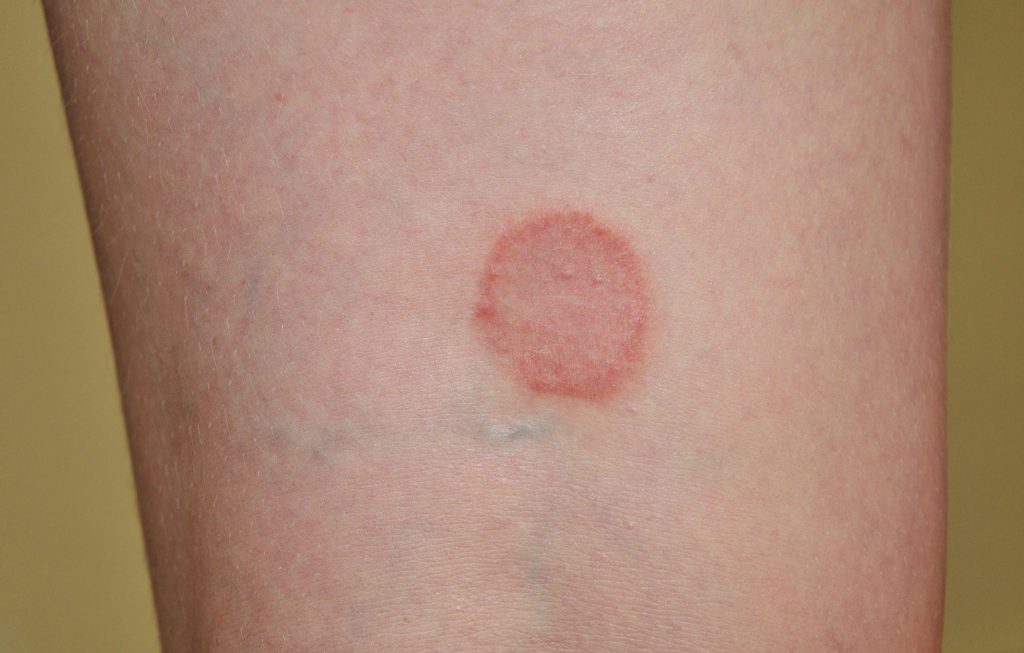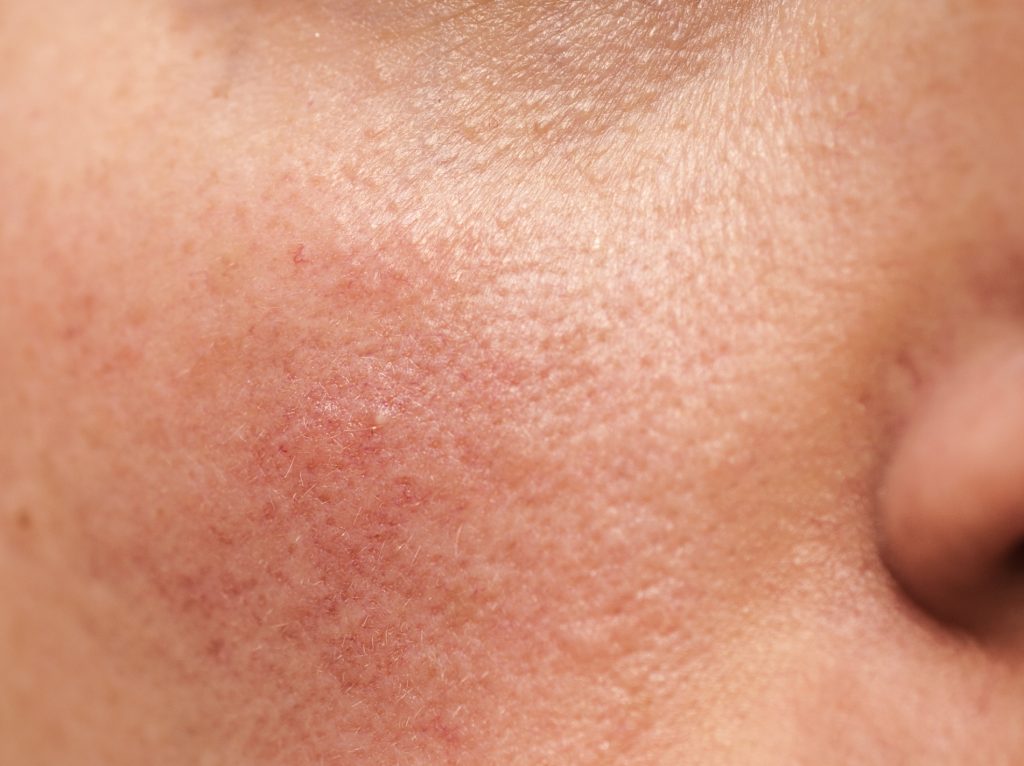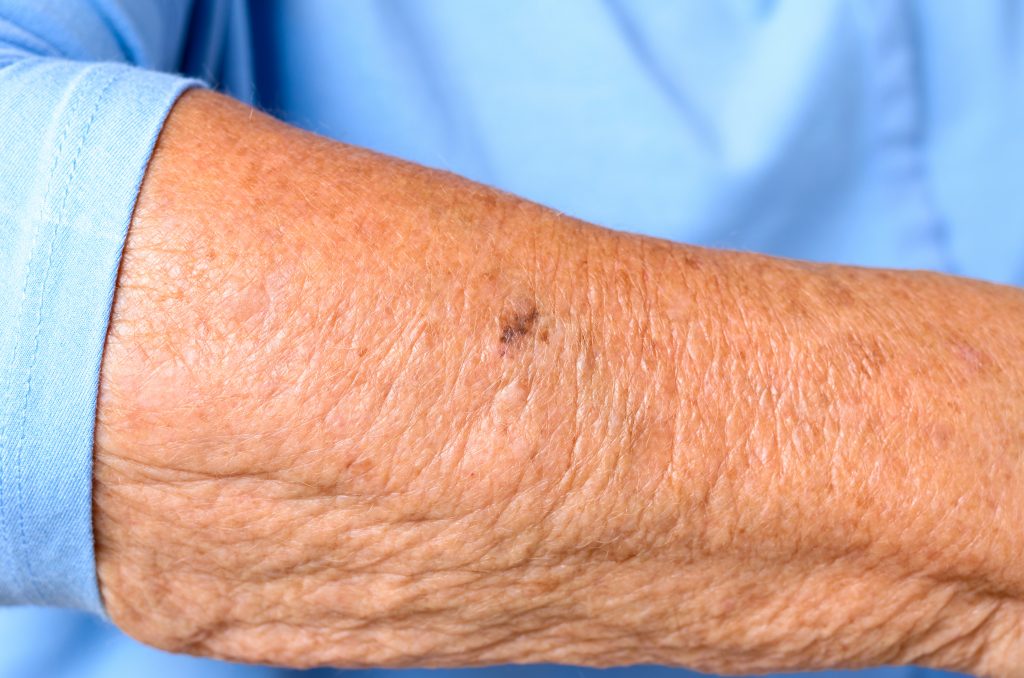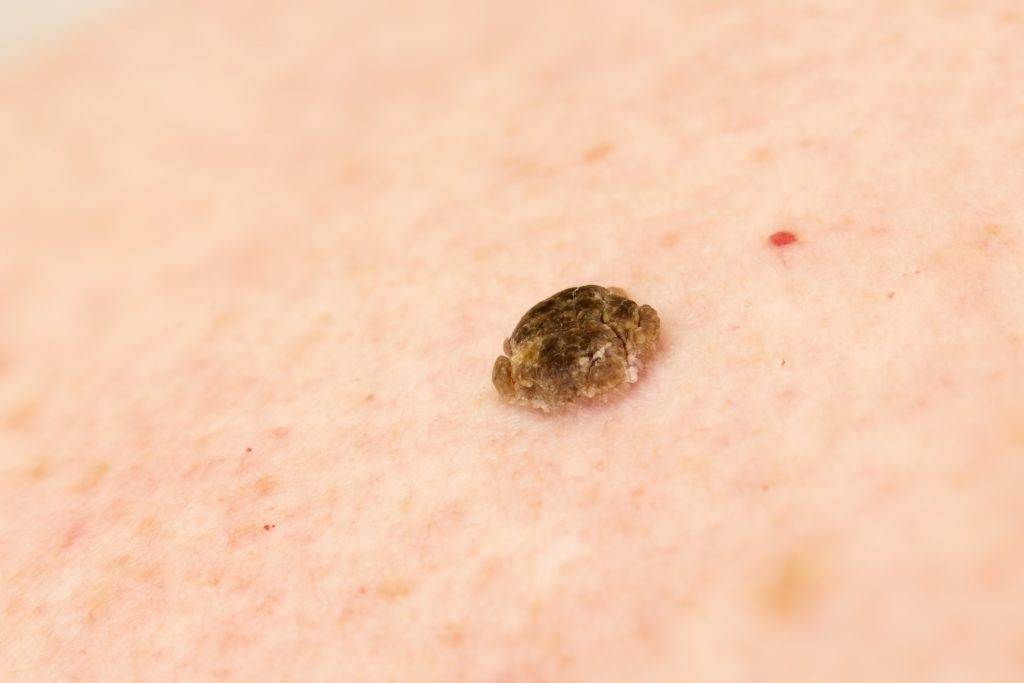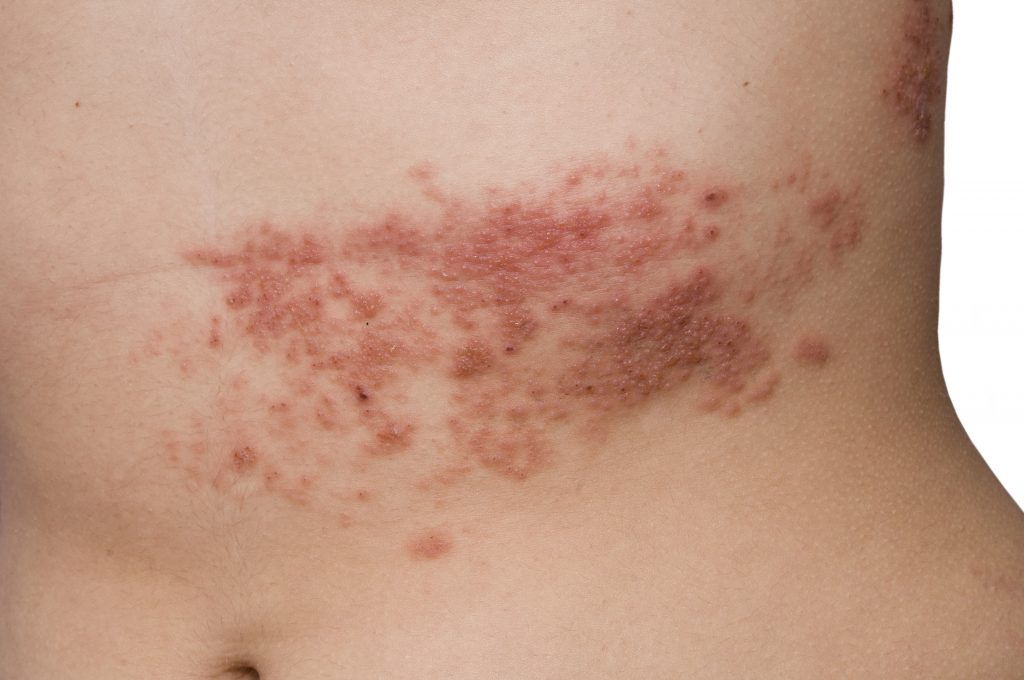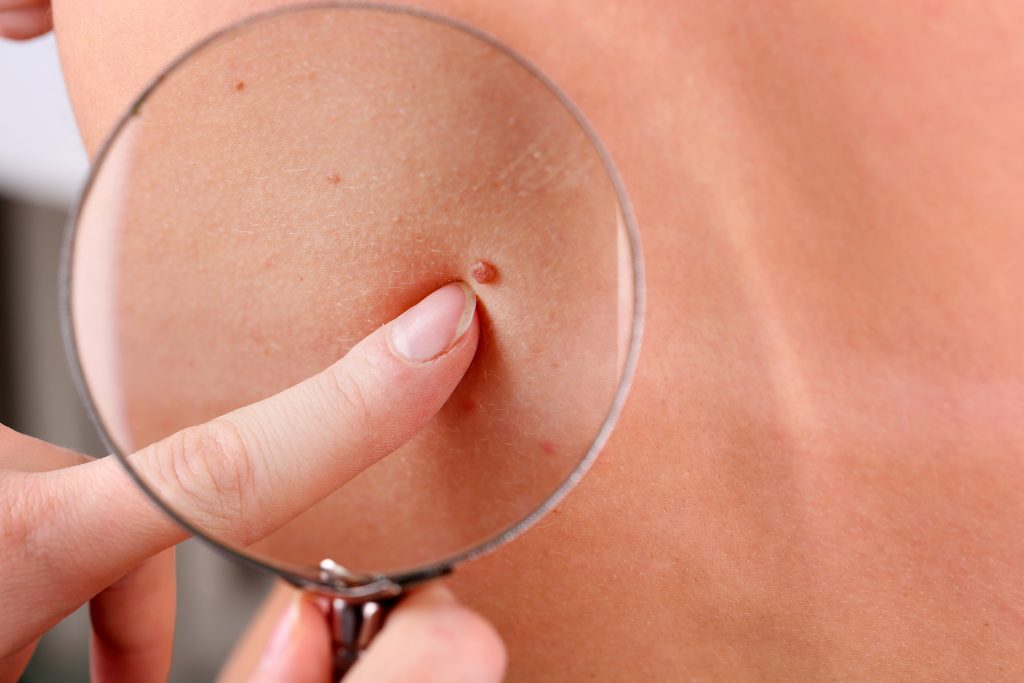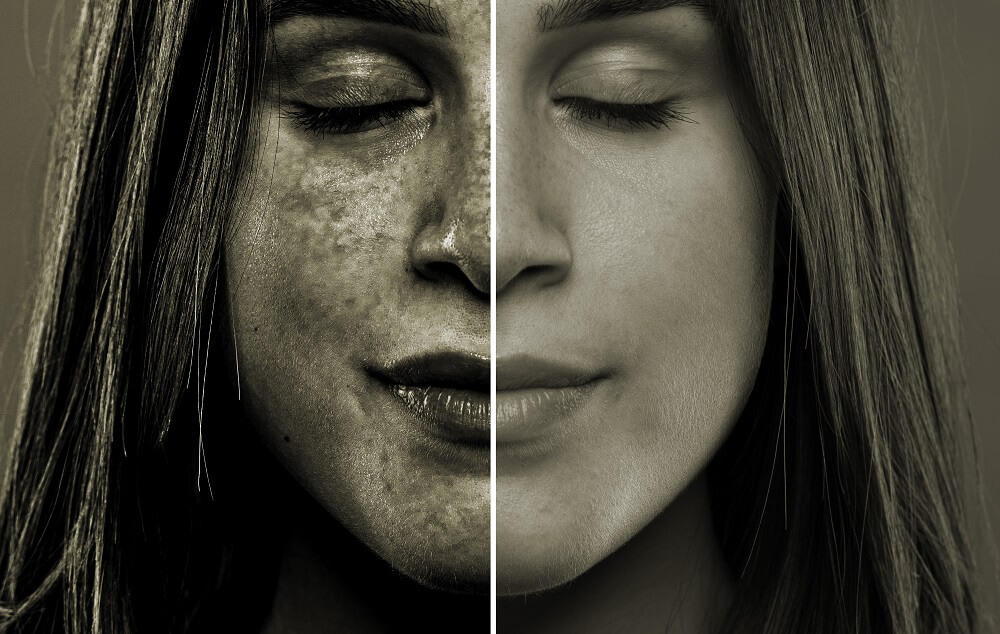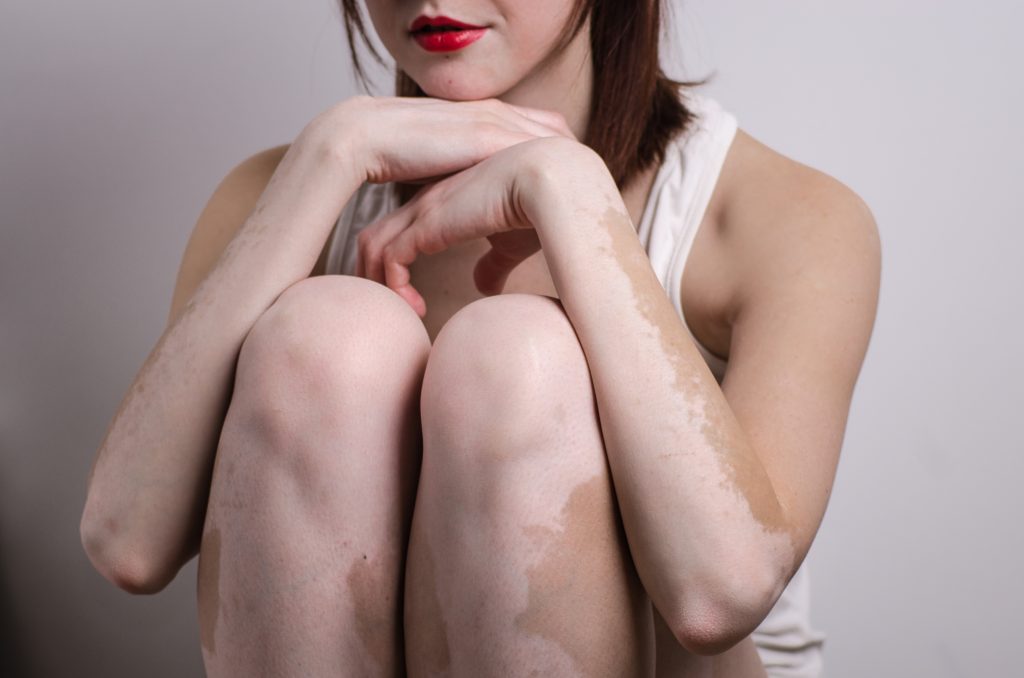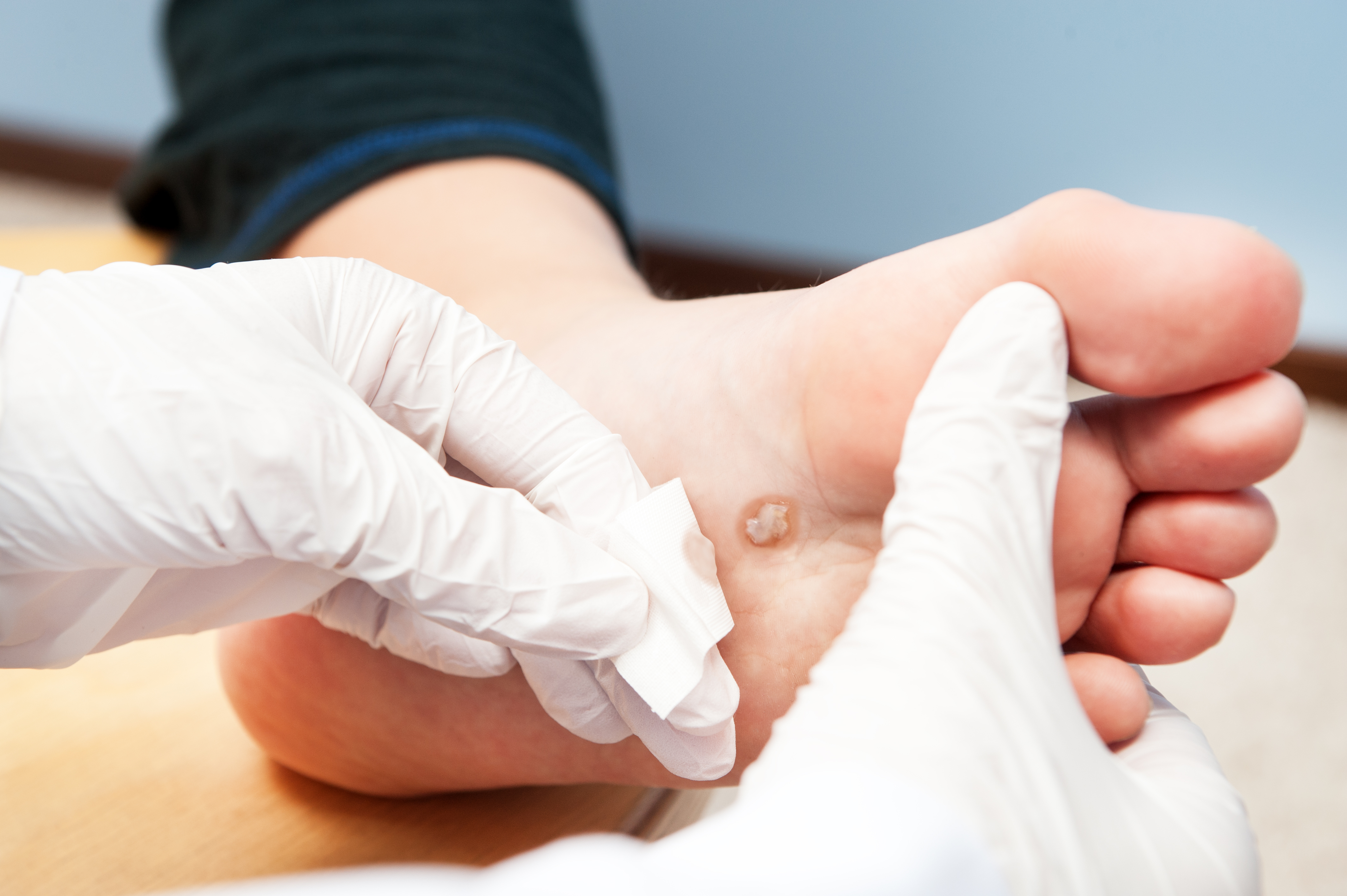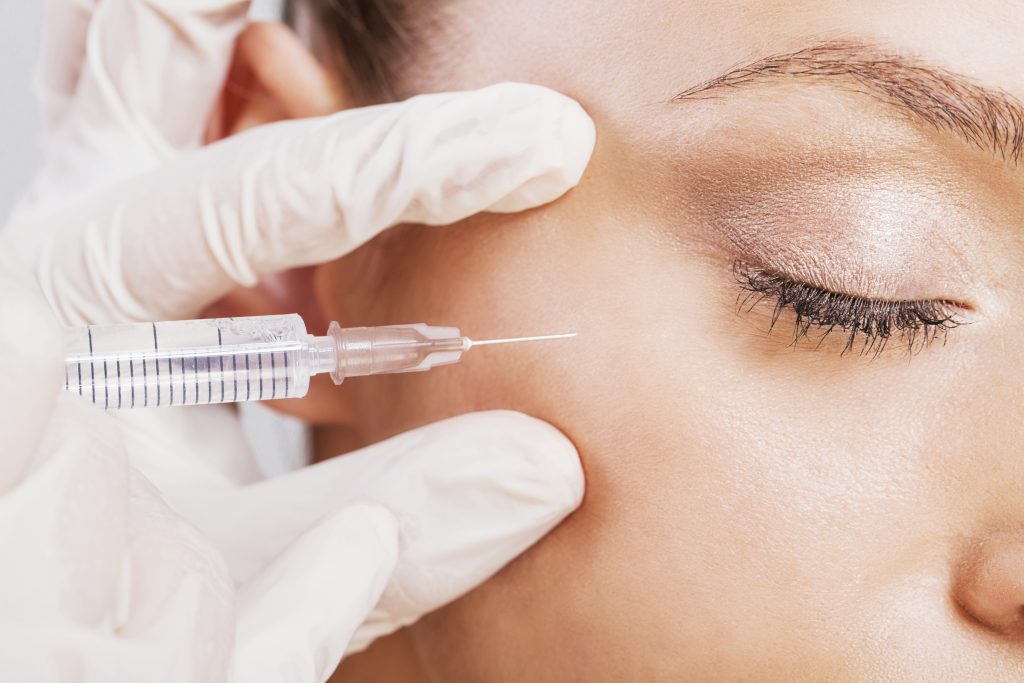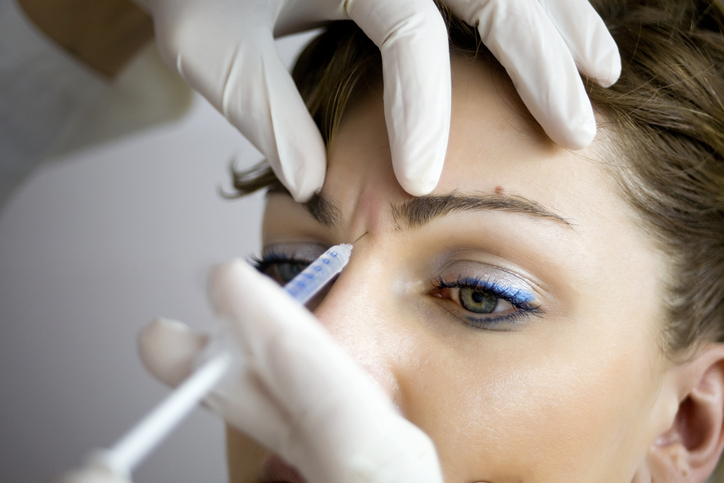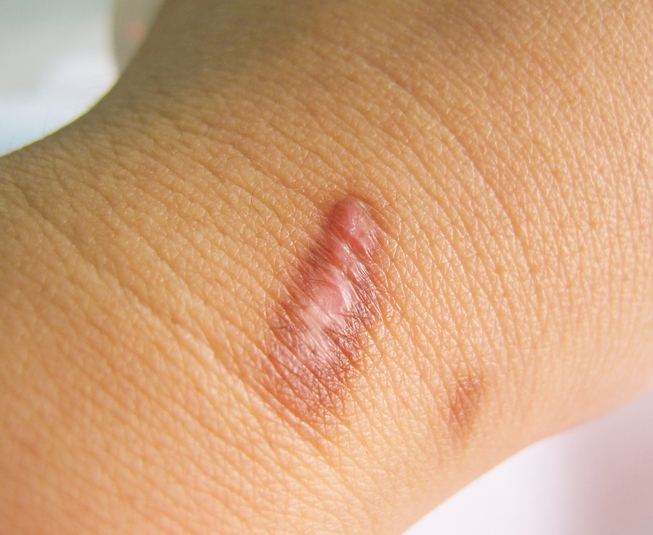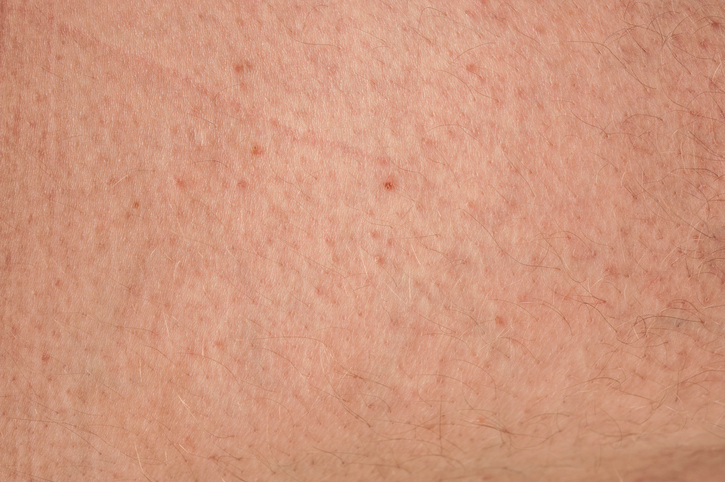McKenzie Bartlett is a board-certified physician assistant licensed in the state of Texas. She graduated with honors from Texas A&M University with her Bachelor of Science degree. She moved to Fort Worth where she simultaneously earned her Master of Physician Assistant Studies and her Master of Public Health at UNT Health Science Center. McKenzie was inducted into Pi Alpha, the Physician Assistant Education Association (PAEA) National Honor Society.
McKenzie chose to practice dermatology because she desires to improve her patient’s quality of life and enhance their confidence to help them look and feel better. “Dermatology allows me to make a difference in such a unique way than other specialties”, says McKenzie. She enjoys performing skin exams, treating acne, and cosmetic dermatology. McKenzie is a member of the American Academy of Physician Assistants (AAPA), the Texas Academy of Physician Assistants (TAPA), and the Society of Dermatology Physician Assistants (SDPA).
Originally from Waller, a small-town northwest of Houston, McKenzie fell in love with the Fort Worth area during her training. In her free time, she enjoys cycling classes, riding her bike on the Trinity Trails, playing sand volleyball with her friends, and reading. McKenzie is excited to serve the dermatological needs of her community!
Specialties and Affiliations
- American Academy of Physician Assistants
- Texas Academy of Physician Assistants
- Society of Dermatology Physician Assistants


